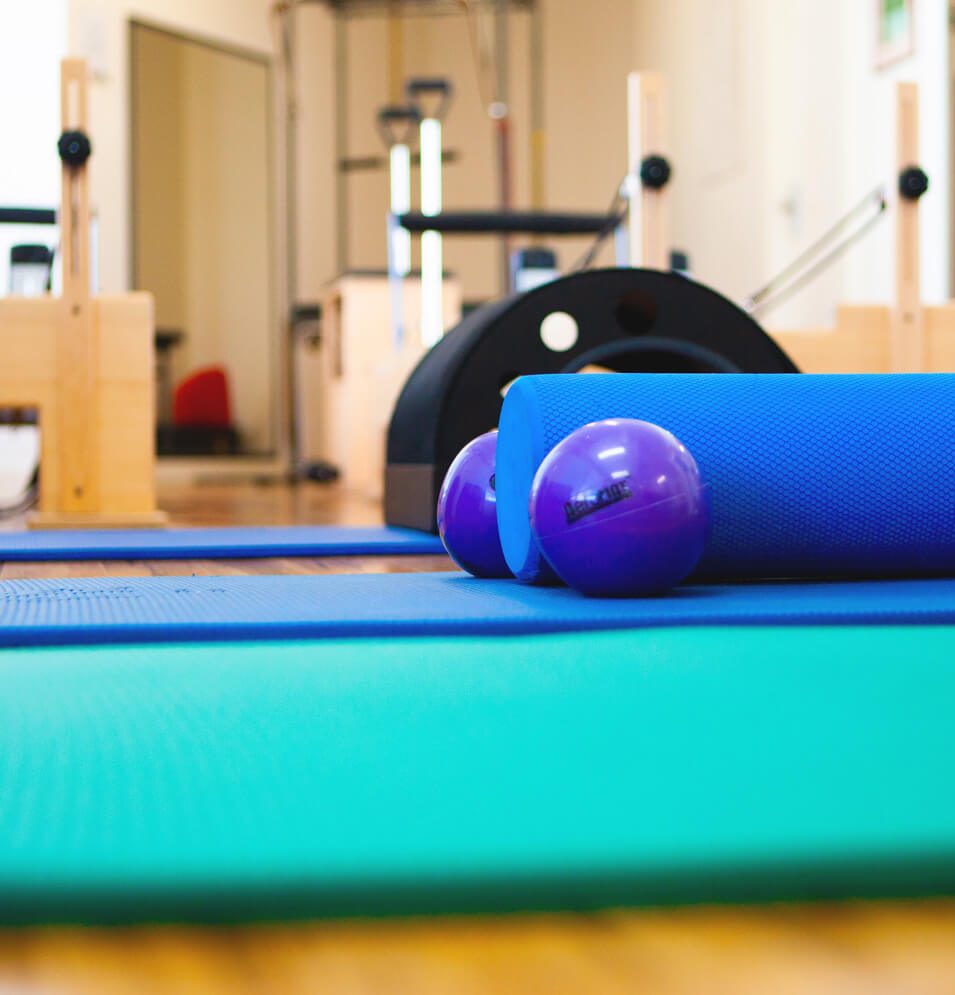Damage to the hamstring muscles at the back of the thigh is one of the most common, and highly publicised injuries in sport.
These injuries can be associated with dramatic footage of the injury occurring when sprinting or kicking.
Did you know?
Hamstring injuries are the most frequently occurring injury in AFL (19% of all major injury episodes) and they account for the most missed matches of any injury
Hamstring injuries also have high recurrence rate. Why?
- The athlete returns to play too quickly
- The athlete does not complete the appropriate rehabilitation after the injury
- Once back playing, the athlete does not continue the rehabilitation process
The highest recurrence rate is in the first 6 weeks after return to sport
A little bit of information about the hamstring muscle group.
- The hamstrings work to flex (bend) knee and extend hip, which is vital for running
- Huge stresses are placed on the hamstrings during running activities
- You will generally recall a sudden onset of sharp pain occurring during a specific event
- You may find difficulty with walk in the days following a hamstring injury
- The hamstring muscles will continue to heal for months after injury, even after you are able to return to sport
I’ve just strained my hamstring. What now?
- In the first 24-48 hours after the injury follow the RICER principle
- No HARM (heat, alcohol, running and massage)
- Get the injury assessed by physiotherapist and/or sports doctor
When should I see my physio and/or sports doctor?
As soon as possible post injury to assess severity and map out a graduated rehabilitation program which should safely guide you back to your sport, and prevent any recurrence of injury.
How many weeks should I miss?
Generally a low-grade hamstring injury can rule you out for anywhere between 2-6 weeks (in 2009 the AFL average of missed games per hamstring injury was 3.4 matches).
For a greater understanding of the severity of your injury, it is best to consult your physiotherapist to put together the appropriate rehabilitation timeline.
When will I know I am ready?
This is a major problem as the hamstring will be pain free on normal activity long before it is ready to kick or sprint.
However, you wont know that until you kick or sprint and re-tear the muscle.
Don’t attempt to return to these activities or full sport until you are cleared by your physio or sports doctor.
You should then completed 1-2 weeks of pain-free full training including game-specific intensity and skill requirements (i.e. sprinting, changing direction at high speed, jumping, bumping, tackling, kicking, picking the ball up off the ground at pace, repeated efforts), without any pain or lack of strength during or after the sessions.
Lifecare centres and the physiotherapists, and sports medicine doctors regularly diagnose and treat hamstring injuries, and are critical in getting athletes back to normal after this injury.
Sports Medicine Australia: A not for profit member organisation has released an excellent information brochure about hamstring injuries, available at SMA-Injury brochure hamstrings.
As most of the sports medicine doctors, physiotherapists, and podiatrists are active members of Sports Medicine Australia, we recommend you view this brochure, and it’s contents.
For more information about hamstring injuries, see your local Lifecare practitioner.
Click here to find your closest Lifecare clinic.

